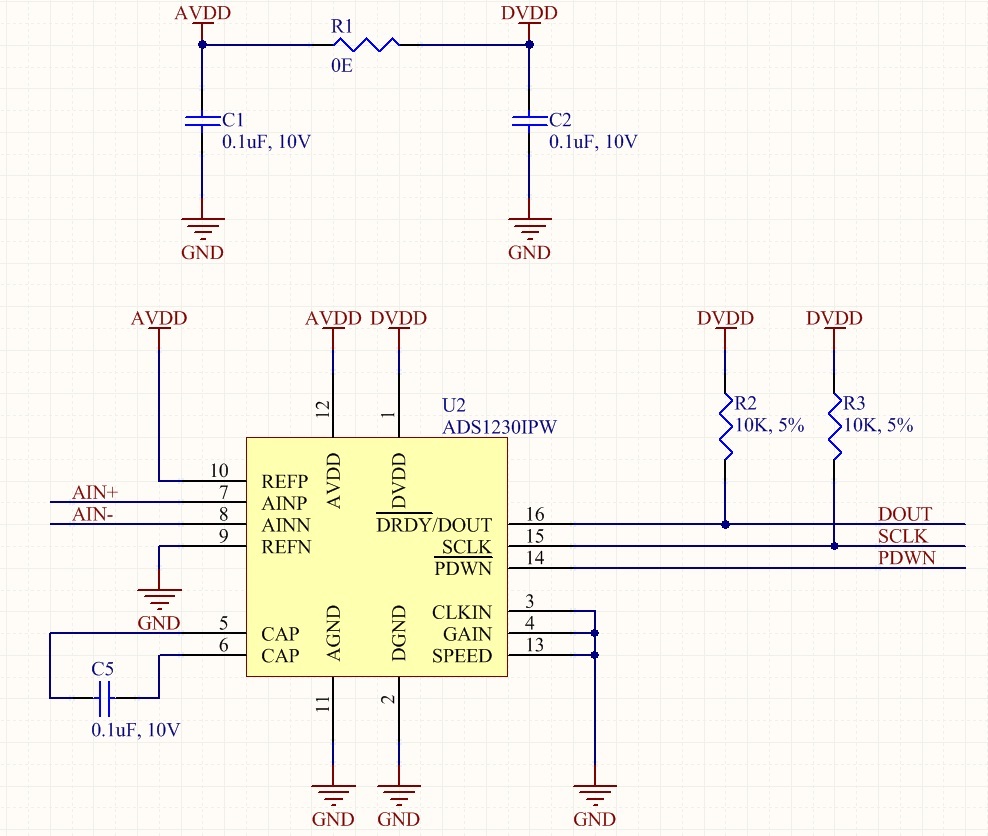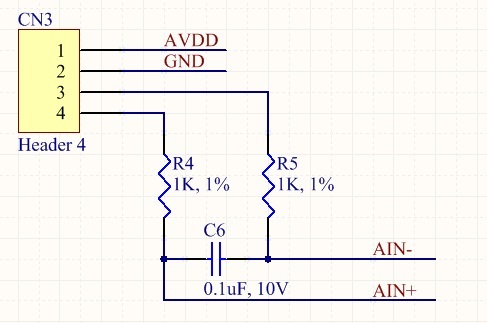We are facing some problem with the communication to ADS1230 by ATTINY48.
1. As per data sheet CLK pin should be input at ADS1230. But it is giving clock (21 clocks) to Microcontroller.
2. After each time of interval as per data sheet SDA is giving Data ready pulse. But not able to get data as per data sheet CLK sequence.



